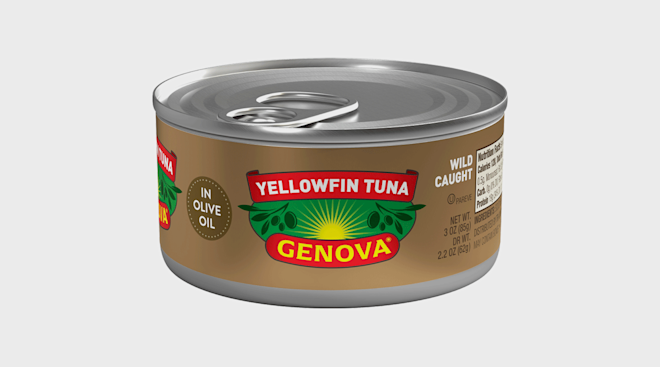Popular Super Bowl Snacks Linked to Listeria Outbreak
Football fan or not, everyone, pregnant moms-to-be included, can get behind a snack-filled Sunday. But as you prepare to break out the salsa, buff dip and queso, take a closer look at those labels to protect mom and baby from some particularly nasty bacteria.
On February 6, the Centers for Disease Control and Prevention (CDC) announced a new Listeria outbreak linked to queso fresco and cotija cheese. According to the warning, 23 people across 11 states in the US have been hospitalized after ingesting the recalled cheeses. Two people have died and 26 have been sickened overall.
The CDC believes the outbreak to be linked specifically to dairy products made by Rizo-López Foods. Rio-López Foods has since recalled the products, but given that they were sold nationwide under 61 brands from Tio Francisco to Rio Grande and 365 Whole Foods Market (Whole Foods), it makes finding and alerting customers who may have bought recalled items difficult. You can see a full list of recalled products here.
According to the CDC, pregnant people are 10 times more likely to contract severe illness from listeria (known as listeriosis) than non-pregnant people due to their weakened immune systems. Once contracted, symptoms from listeriosis usually start within two weeks. Pregnant people typically experience fever, fatigue and muscle aches. However, in severe cases, Listeria can cause pregnancy loss or premature birth and can cause serious illness or death in newborns.
The easiest way to protect yourself from listeriosis is to avoid the recalled dairy items from Rio-López Foods. If you have purchased these recalled dairy products, the CDC encourages you to immediately throw them out and clean anything that the products or containers have come in contact with. Listeria can survive in the refrigerator and can easily spread to other foods and surfaces.
If you believe you may have listeriosis symptoms, fever, muscle aches and fatigue, its important to go to a doctor as quickly as possible. If you want to learn more about the outbreak and see if your state has been affected, visit CDC.gov.
Navigate forward to interact with the calendar and select a date. Press the question mark key to get the keyboard shortcuts for changing dates.





















































